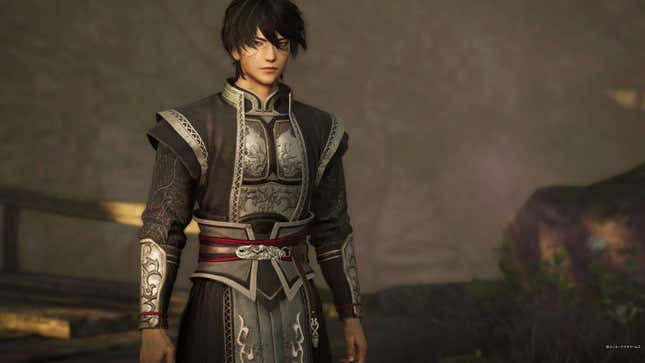
If you’re just starting out, there’s no need to overthink the difficulty options. Video games should be fun, first and foremost. Gaming the settings to maximize your gains should be a secondary objective.
Having said that, once you’re in a level grind mindset (because you want to get stronger or you’re progressing through postgame), the difficulty settings become an invaluable tool for your progression. Hero mode—the standard hard mode— awards a small amount of extra rewards if you select it, so it’s a no-brainer to select if you can handle a little extra intensity. I found most of the game to be perfectly surmountable with the difficulty turned up on a first playthrough, albeit with some exceptions (my first time in Chibi was not fun).
Once you’re in postgame, however, your priorities will change. Ultimate Warrior is the postgame-exclusive difficulty option, and it dishes out substantially greater rewards per battle than even Hero mode with a slew of amulets and training weapons equipped. It is a huge jump in level requirement, so you might not be able to jump into it right away after one playthrough. However, once you feel you can comfortably handle it (It starts getting pretty feasible after level 60), Ultimate Warrior is easily the best way to increase your power. You’ll need to play through the story multiple times to get all the endings anyway, so don’t sweat it too much if you can’t quite handle the optional challenges that Ultimate Warrior unlocks.
On the opposite end of the spectrum, if you want to take things easy, there’s nothing wrong with tuning the difficulty down to the easy Historian difficulty to blast through certain challenges. Sure, you sacrifice certain rewards. But if you’ve already mastered fighting Lu Bu, you’ll be forgiven for wanting to just bypass him on subsequent playthroughs!
Dynasty Warriors: Origins is available now on PS5, Xbox Series X/S, and Windows PCs.
Source link











Add comment